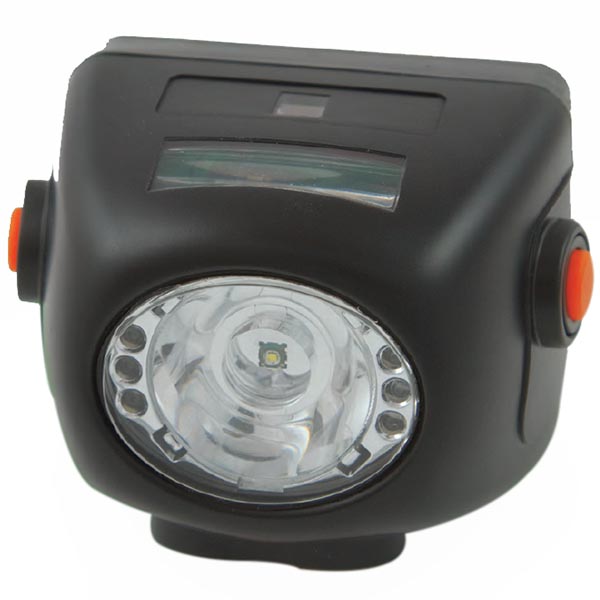-
 13316809242/15816897019
13316809242/15816897019
-
 59911926@qq.com/sales@goldenfuturehk.com
59911926@qq.com/sales@goldenfuturehk.com
 13316809242/15816897019
13316809242/15816897019
 59911926@qq.com/sales@goldenfuturehk.com
59911926@qq.com/sales@goldenfuturehk.com
Time:2018-11-02 Views:0
Why do thermal power plants use led explosion-proof lamps? Are those places explosion-proof? Those places do not need explosion protection?
Thermal power plant lighting LED explosion-proof lamps are used in explosion-proof lamps of power plants to prevent fires from occurring after the lamps are exploded. LED explosion-proof lamps are not only suitable for large places, but also for small places. For example, LED explosion-proof lamps 10W, 20, 30W, 40W, 50W, 60W can be used in small places, 70W, 80W, 90W, 100W, 110W, 1200W, 140W, 180W in large places. The explosion occurred in Madian Power Generation in Dangyang City, Hubei Province. The reason was that the welds of the pipelines of the power plant were cracked, and a large amount of high-temperature and high-pressure steam overflowed, causing the glass in the main control room to rupture, causing serious casualties in the main control room. It is said that: "At that time, the temperature reached 600 degrees Celsius." At that time, the factory had a total of three floors and a room of about 100 square meters. After natural cooling and cooling, it was still in a hot and hot state. At that time, it was close to the factory building, standing for 2 to 10 minutes, sweating and sweating.
Therefore, the luminaires are in strict accordance with the explosion-proof requirements, and the explosion-proof luminaires can reach IP66, which means that the protection effect is good. According to the explosion-proof luminaire, you can reduce the damage caused by the explosion. Therefore, the effect of explosion protection is achieved. Your site, if there is no explosive gas, I do not recommend that you use explosion-proof lamps, use the usual three-proof lamps (waterproof, dustproof and anti-corrosion); because there is no need for explosion-proof function; but the power plant is different because power generation There is high pressure gas in the factory, so it is necessary to purchase explosion-proof lamps. That is, there are no explosive gases and dust in your site, and if you have, you need a luminaire with explosion-proof features.

壹, explosive gas environment, according to the frequency and duration of explosive occurrence, according to the following provisions:
Zone 0: an environment in which continuous or long-term explosive gas mixtures occur;
Zone 1: An environment in which an explosive gas mixture may occur during normal operation.
Zone 2: An environment in which an explosive gas mixture is unlikely to occur during normal operation, or an environment where only a short-lived explosive gas mixture is present.
贰, when one of the following conditions is met, it can be classified as a non-explosive hazardous area:
1. There is no source of release and there is no possibility of areas where fuel is invaded;
2. The high concentration of flammable substances may not exceed 10% of the lower limit of the explosion;
3. Near the equipment that uses open flames in the production process, or near the equipment where the surface temperature of the hot parts exceeds the ignition temperature of the internal combustion materials;
4. Outside the production equipment area, open-air or open-ended overhead pipelines for conveying fuel, but the valves are fixed according to specific conditions.
叁, release source should be graded according to the frequency and duration of flammable substances, and should meet the following requirements.
1. Continuous release source: A release source that is expected to be released for a long period of time or for a short period of time. Similar to the following, it can be classified as a continuous release source:
1. The surface of the flammable liquid in a fixed canopy tank that is not covered with an inert gas;
2. The surface of the liquid that is directly in contact with the space, such as oil and water separators;
3. Free vents and other orifices that release gas or flammable liquid vapors into space at regular or long-term intervals.
Second, the level of release source: the release period of the normal operating cycle or occasionally released. Similar to the following conditions, can be classified as a level release source:
1. a seal for pumps, compressors, valves, etc. that release fuel during normal operation;
2. In normal operation, the flammable substance is released to the space and is installed in a drainage system on the container in which the flammable liquid is stored;
3. The sampling point of the burning substance is released to the space during normal operation.
Third, the second-level release source: It is expected that it will not be released under normal operation, even if it is released, it is only a release source that is occasionally released for a short time. Similar to the following, it can be classified as a second-level release source:
1. The seals of pumps, compressors and valves that release fuel should not appear during normal operation;
2. Flanges, connectors and pipe joints that do not release flammable materials during normal operation;
3. Safety valves, vents and other orifices that do not release flammable substances into space during normal operation;
4. Sampling points for flammable substances cannot be released into space during normal operation.
Why do thermal power plants use led explosion-proof lamps?
4. Multi-level release source: A release source consisting of the above two or three levels of release sources.
Ventilation in an explosion-hazardous area, when the air flow rate can quickly dilute the fuel to less than 25% of the lower explosion limit, it can be determined to be well ventilated.
Mechanical ventilation is used in one of the following cases, regardless of the effects of mechanical ventilation failures:
1. A separate independent ventilation system shall be provided for closed or semi-enclosed buildings;
2. In the event of a malfunction of the ventilation equipment, set an automatic alarm or stop the process flow to prevent precautions that prevent the release of fuel, or preventive measures to de-energize the electrical equipment.

